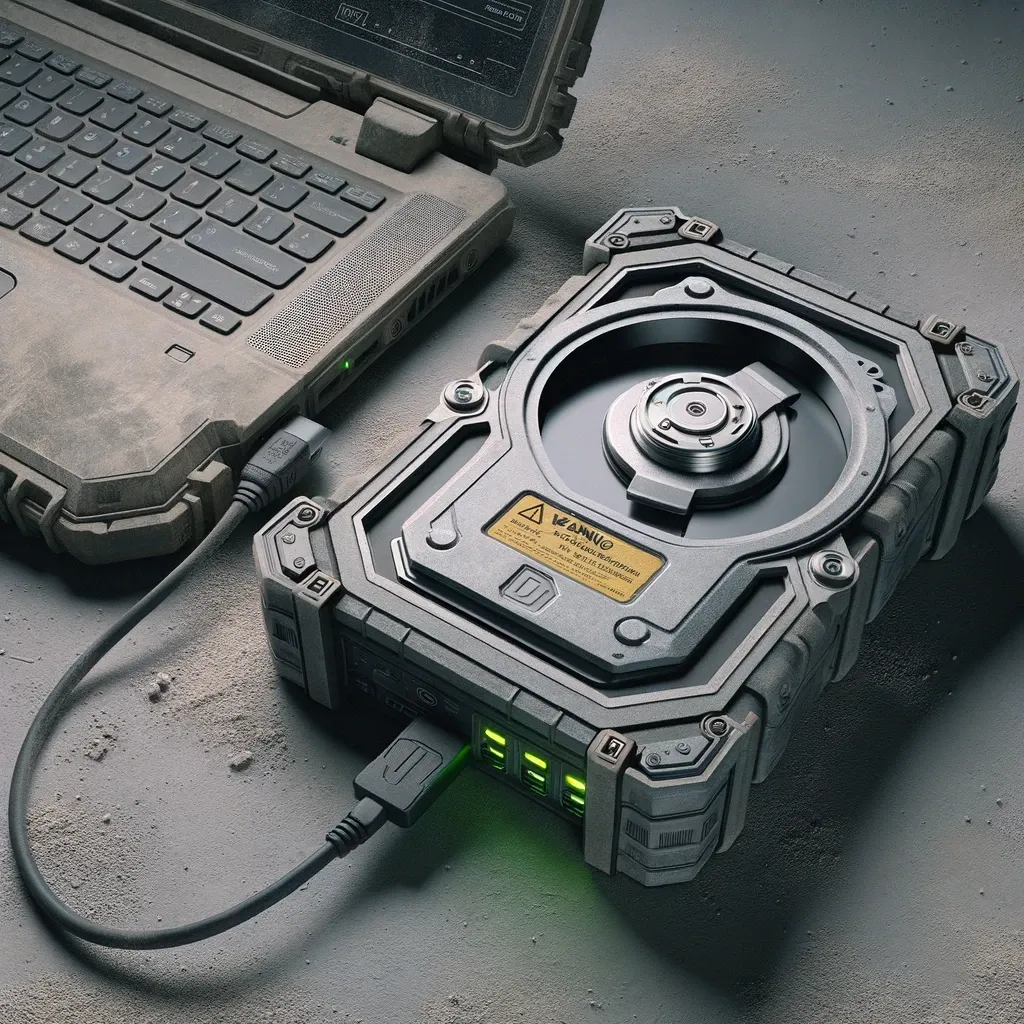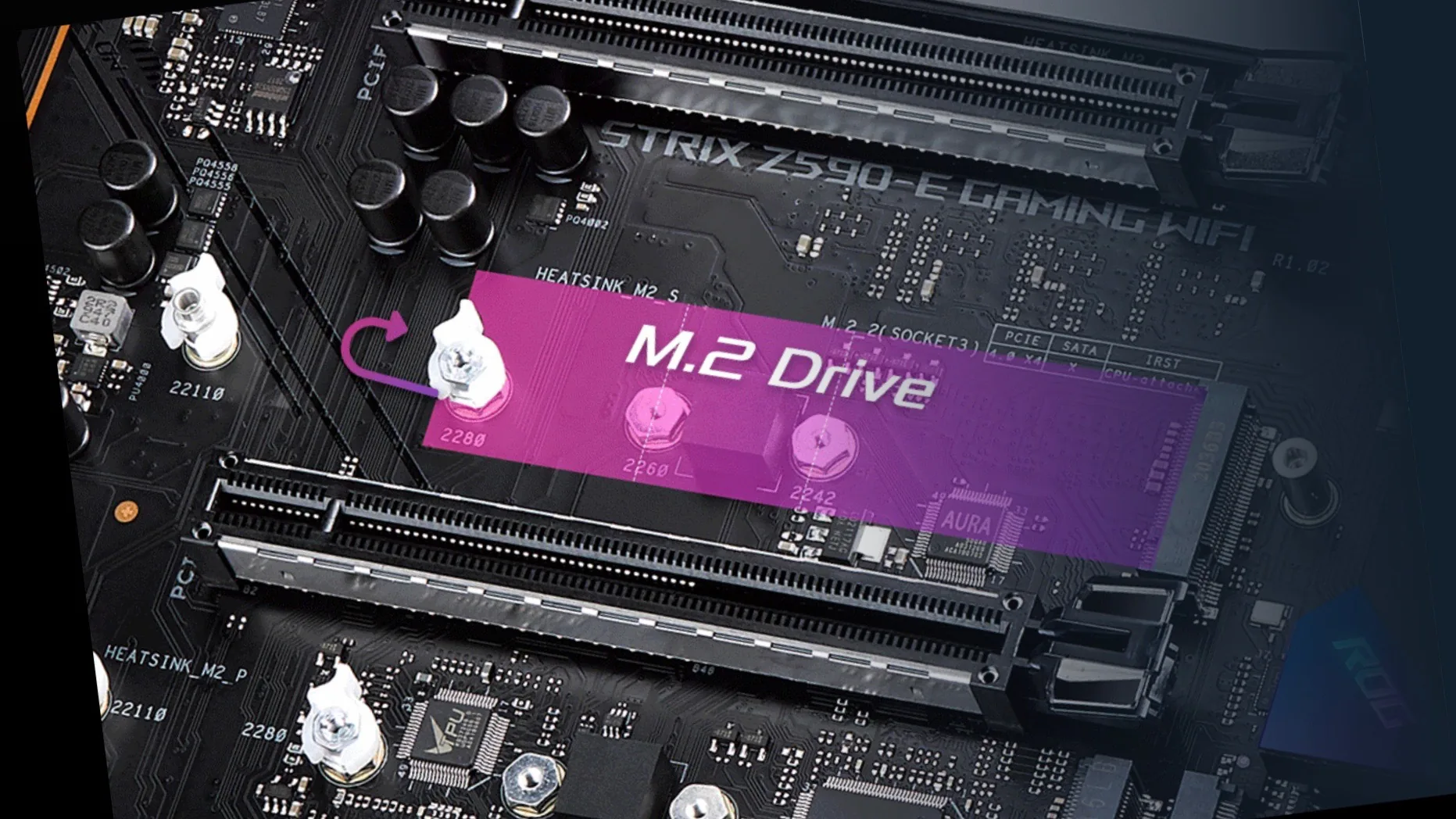Why Does My External Drive Has Chinese Characters
Table of Contents
Discover why your external drive displays Chinese characters. Learn quick fixes and understand the reasons behind it. Decode the tech puzzle now!
In the realm of digital storage, external drives have become indispensable companions for individuals and businesses alike. However, a perplexing concern has surfaced for many users: Why does my external drive show Chinese characters? This ultimate guide aims to demystify this phenomenon and provide comprehensive insights into the root causes and potential solutions.
Why Does My External Drive Has Chinese Characters?
There are a few potential explanations for the occurrence of Chinese characters on your external drive. One scenario involves the drive being formatted with a Chinese character encoding like GB2312 or GBK. In such cases, the drive anticipates data stored in Chinese characters; consequently, when encountering non-Chinese characters, it presents them as unintelligible symbols.
Another conceivable reason is a malware or virus infection. Malicious software may generate random files containing gibberish or Chinese characters to mask its presence and evade detection.
If you observe Chinese characters on your external drive, consider reformatting it using an alternative character encoding. Should this prove ineffective, it is advisable to conduct a thorough scan for malware or viruses.
To troubleshoot the issue further, follow these additional steps:
- Check the drive’s formatting: Connect the external drive to your computer and access Disk Utility. Select the drive and navigate to the “Info” tab. The “Format” field will display the character encoding employed by the drive.
- Scan the drive for malware or viruses: Employ a reliable antivirus or anti-malware program to scrutinize the drive for any potentially harmful software.
- Try using a different computer: If possible, connect the drive to another computer and assess whether the Chinese characters persist. This step helps ascertain whether the issue lies with the drive itself or your computer.

Understanding Character Encoding: The Core of the Issue
Character encoding lies at the heart of the matter. When you see Chinese characters instead of the expected text or filenames, it’s indicative of a mismatch in encoding standards. Modern external drives often come formatted with Unicode, a universal character encoding standard that supports a myriad of languages, including Chinese. If your system or file names use a different encoding, the mismatch can result in the display of Chinese characters.
The Culprits Behind Encoding Mismatch
1. System Settings
Verify your system’s language and region settings. An incongruity between the encoding used by your system and the external drive can lead to character display issues.
2. File Naming Conventions
Examine the file names on your external drive. If they contain characters incompatible with your system’s encoding, it can trigger the display of Chinese characters.
3. Transfer Protocols
Consider the methods used to transfer files to the external drive. Different protocols may employ distinct encoding standards, causing inconsistencies. Click to read about Atlas Personal Finance Review.
Resolving the Mystery: Practical Solutions
1. Adjusting System Settings
Align your system’s language and region settings with the encoding of the external drive to ensure seamless compatibility.
2. File Name Standardization
Rename files using universally accepted characters to eliminate encoding conflicts and prevent the display of Chinese characters.
3. Data Transfer Best Practices
Opt for standardized data transfer methods to maintain encoding consistency. Avoid mixing protocols that may use different character sets.
Advanced Users: Delving Deeper into Encoding
For those with a penchant for technical details, a deeper understanding of encoding nuances can be beneficial.
Unicode: A Panacea for Multilingual Support
Unicode stands as a beacon of universality in character encoding. It facilitates the representation of text in most of the world’s writing systems, including Chinese. Ensuring your system and external drive both adhere to Unicode can mitigate character display issues.
UTF-8 vs. UTF-16: Choosing Wisely
Delving into encoding intricacies, it’s essential to discern between UTF-8 and UTF-16, two prevalent Unicode encoding formats. Selecting the appropriate format for your system and external drive can eliminate compatibility hurdles.
Final Words
In the labyrinth of external drive mysteries, understanding the dynamics of character encoding unravels the puzzle of Chinese characters appearing unexpectedly. By aligning system settings, standardizing file names, and embracing best practices in data transfer, users can ensure a harmonious coexistence with their external drives.
People Also Ask
Why does my USB have weird files?
Your USB may have been infected by malware, or the files might be system files. Run a reputable antivirus scan to ensure the device’s security.
Are Chinese characters Unicode?
Yes, Chinese characters are part of the Unicode standard. Unicode allows the representation of characters from various writing systems, including Chinese.
What is the ASCII code for Chinese characters?
ASCII does not directly encode Chinese characters. Unicode is more suitable for this, as it provides a unique code point for each character.
Why is the Chinese writing system so complicated?
Chinese characters convey meaning through symbols, and the complexity arises from the vast number of characters. Each symbol holds its meaning, contributing to the richness of the language.
What is the hardest language in the world?
Determining the “hardest” language is subjective. Languages like Mandarin Chinese, Arabic, and Hungarian are often considered challenging due to complex grammar, tonal aspects, or unique features.



